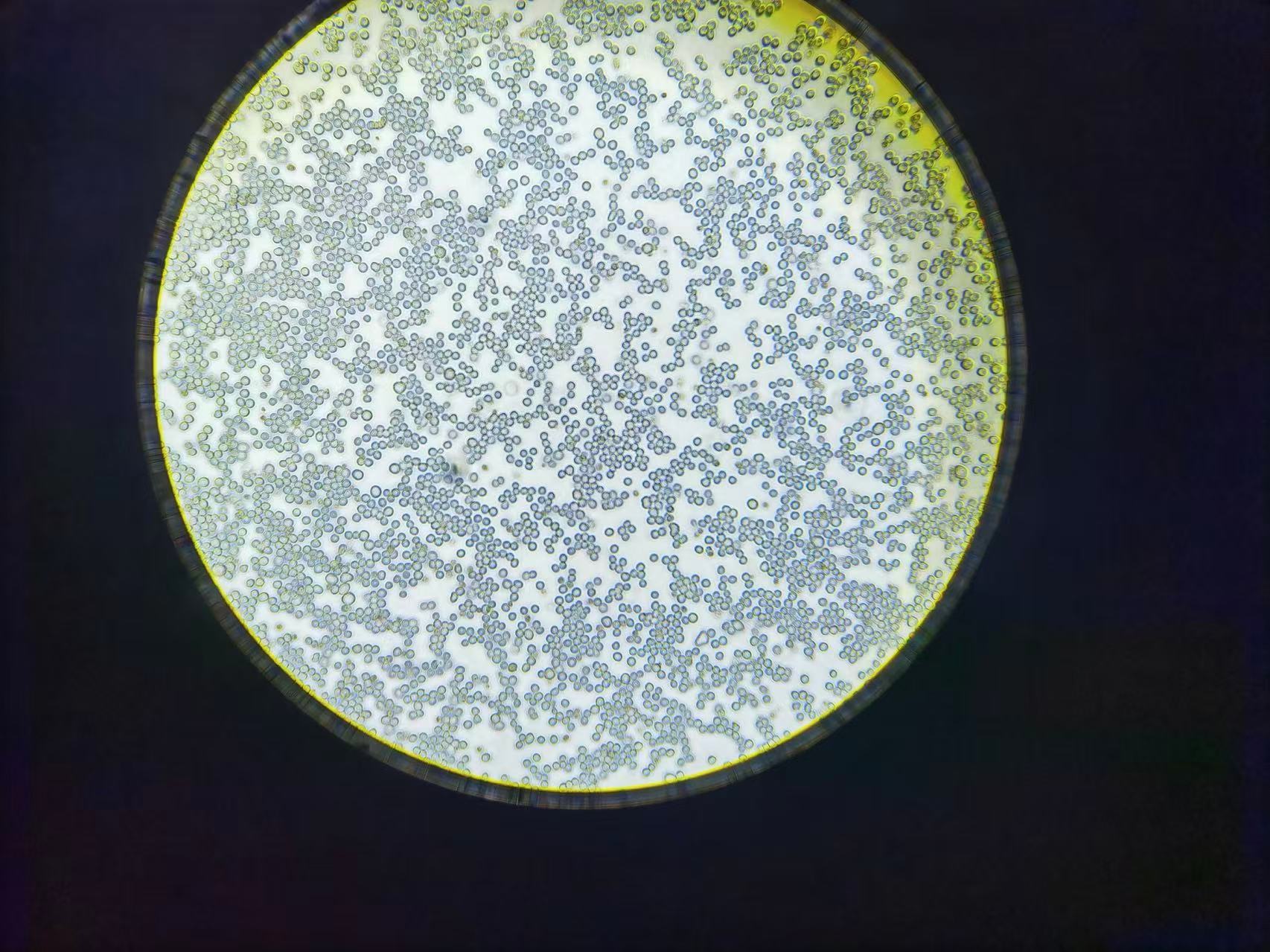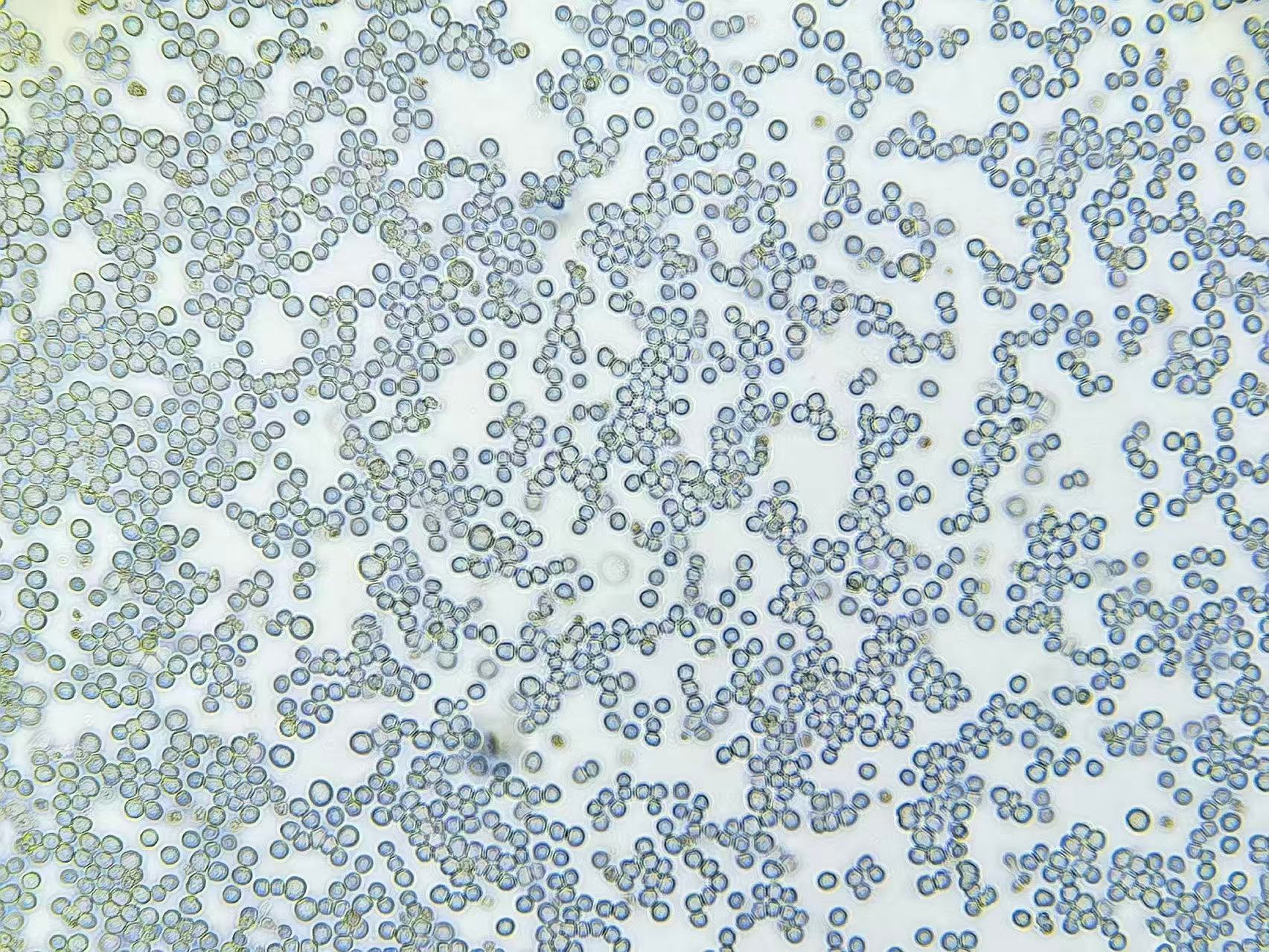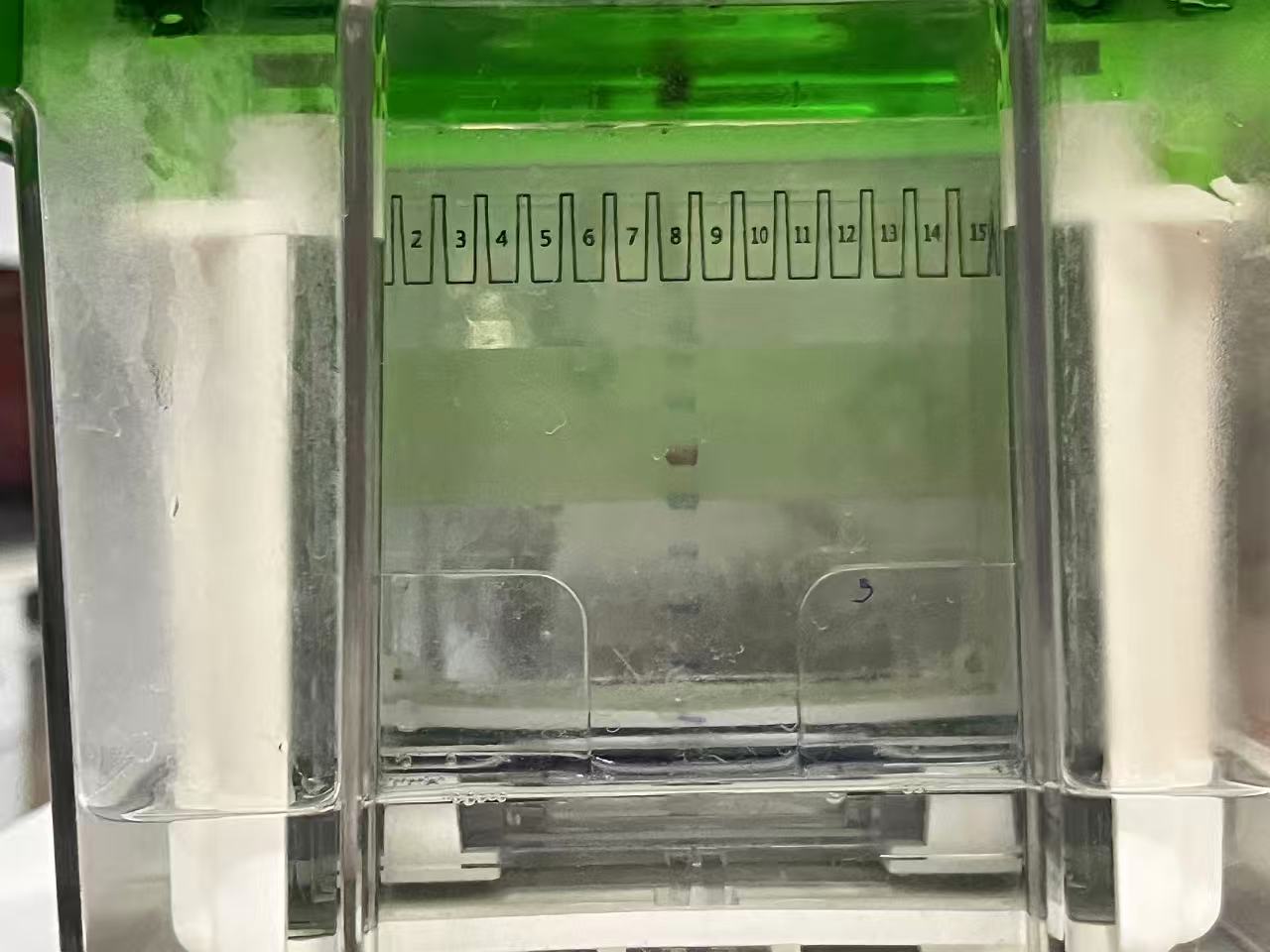EXPERIMENTS

Materials
The experiments were primarily conducted using Sf9 insect cells, E. coli for plasmid propagation, and baculoviruses for gene expression.
The fall armyworm (Spodoptera frugiperda) provides two commonly used cell lines: Sf21 and its clonal derivative Sf9. Both originate from ovarian tissue and are valuable in studying insect virology, protein expression, and host–pathogen interactions.
Sf9 cells, with their uniform morphology and suspension growth, are ideal for large-scale recombinant protein production using the Baculovirus Expression Vector System (BEVS). They are cultured at 27–28 °C without CO₂ supplementation.
Escherichia coli serves as a prokaryotic host for plasmid cloning and manipulation of baculovirus genomes. Using engineered strains such as DH10Bac, baculovirus genomes can be propagated as bacmids—large plasmid constructs modified for genetic engineering before transfection into insect cells.
Baculoviruses are large double-stranded DNA viruses infecting insects of the order Lepidoptera. They are non-pathogenic to humans and have been developed as safe biotechnological tools. The BEVS utilizes baculoviruses to express recombinant proteins in insect cells, producing properly folded and post-translationally modified eukaryotic proteins.
Engineered baculoviruses created via E. coli bacmid technology enable precise insertion of foreign genes, facilitating the production of recombinant proteins or virus-like particles.
Description of Methods
We inserted MAHS, CAHS, and SAHS genes into the pET-28a plasmid in E. coli strain DH10Bac. Three additional combinations were designed as negative controls. Four plasmids were ordered from GenScript for further use.
| Plasmid | MAHS | CAHS | SAHS |
|---|---|---|---|
| MCS | Yes | Yes | Yes |
| CM | Yes | Yes | No |
| SM | Yes | No | Yes |
| SC | No | Yes | Yes |
Recombinant bacmids were generated using the Bac-to-Bac system (Thermo Fisher) with minor modifications. Donor plasmids were transformed into competent DH10Bac cells and plated on LB agar containing selective antibiotics and indicator compounds.
Bacmid DNA was extracted using a large-construct purification protocol involving lysis, neutralization, and isopropanol precipitation. DNA pellets were air-dried and dissolved in water for concentration measurement using a Nanodrop spectrophotometer. Successful bacmid production was verified by gel electrophoresis.
Fourteen microcentrifuge tubes were prepared with insect cell medium. Transfection reagent was added to half of the tubes, and bacmid DNA (1 µg per tube) to the other half. The mixtures were combined and transferred into six-well plates containing Sf9 cells.
Cells were incubated at 27 °C for five days, with infection and protein expression monitored throughout.
Sf9 cells were infected with recombinant baculoviruses and incubated at 27 °C. Cells and supernatants were harvested 48 hours post-infection. Recombinant protein expression was analyzed by SDS–PAGE and Western Blot.
Samples were lysed with protease inhibitors and ultrasonication. Protein samples were separated via SDS–PAGE and stained with Coomassie Brilliant Blue. For Western Blot, proteins were transferred, blocked with nonfat milk, and probed with primary and secondary antibodies. Visualization confirmed the expression of target proteins.


